

The Seaver team takes a break for the holidays
Orders placed between December 24 and January 5 will be shipped starting January 6.
Monday, October 23, 2017
Too often, riders don't pay enough attention to their physical condition. Yet the rider's physical preparation is just as important as that of the horse. Riding is just as much a sport as any other, and requires both horse and rider to be in shape. Having discussed the horse's physical condition in our previous articles, let's talk a little about our own...
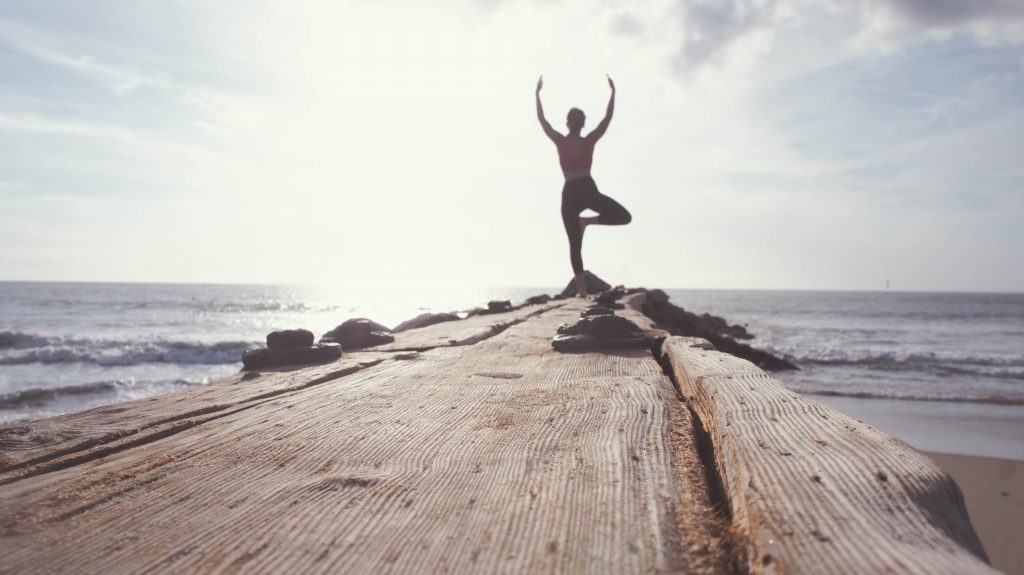
Contrary to popular belief, performance is not only due to the horse's physical preparation and the couple's training, and we'll see why below.
For 20 minutes of jumping training, a rider expends around 200 kcal. In comparison, 1 hour of running for a 70 kg man results in an energy expenditure of 600 to 700 kcal. These figures show that our bodies are indeed subjected to the stresses of riding. It is therefore important to prepare ourselves physically for this effort.
The slightest tension will have a direct impact on your horse, affecting his muscular function and freedom of movement. A supple, available rider with good posture will find it much easier to achieve performance.
Physical preparation prevents muscular and articular accidents. When riding a horse, the rider's musculoskeletal system is in great demand. The spine and pelvis absorb most of the horse's movement. In the sitting position, the lower limbs provide lateral stabilization, thanks in particular to the hip adductors, while in the balancing position, suspension is provided dynamically by the leg muscles.
The rider's warm-up will aim to awaken proprioception and tonicity of the spine as a whole and of the pelvis, to loosen shoulders and hips and to relax all 4 limbs. So always remember to take a few minutes to warm up. Here are a few exercises you can do on foot or on horseback.
Start with the upper body: shoulders, neck and arms. Stretching your upper body will free your gaze and develop the elasticity of your arms.
Move your neck from front to back, right to left, then rotate in both directions. Continue with shoulder rotations in one direction, then the other, followed by trunk rotations. Bring your shoulder blades together, pulling your shoulders back. Then stretch your spine. To do this, roll your vertebrae downwards one by one, pause for a few moments, then gently raise your head last.
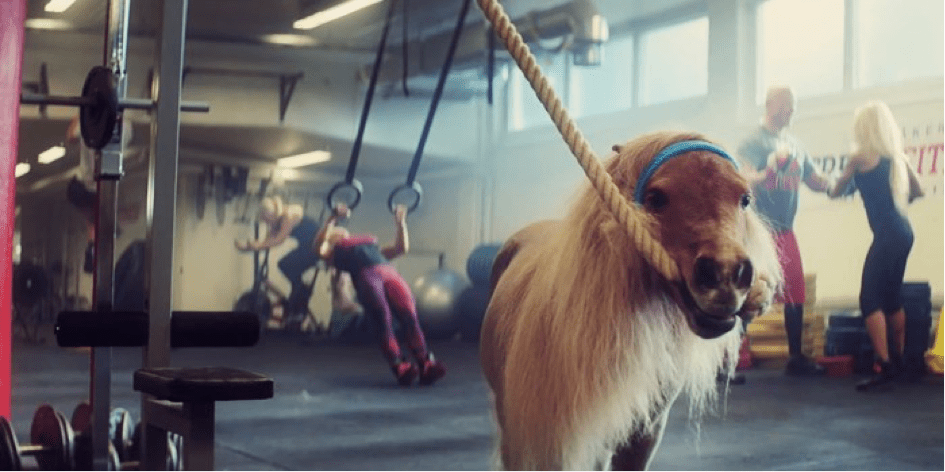
Then move on to the lower body, i.e. the lower back, hips and legs. These stretches will enable you to better accompany your horse's movement at all three gaits and during jumps.
Start with the knee-chest exercise: with your back straight and your abdominals sheathed, raise your right knee and use your hands to press it against your chest. Hold the position for a few seconds, then do the same with your left knee.
Continue with quadriceps stretches: grasp your right ankle and bring the heel towards your buttocks. Hold the stretch for a few seconds, then switch ankles.
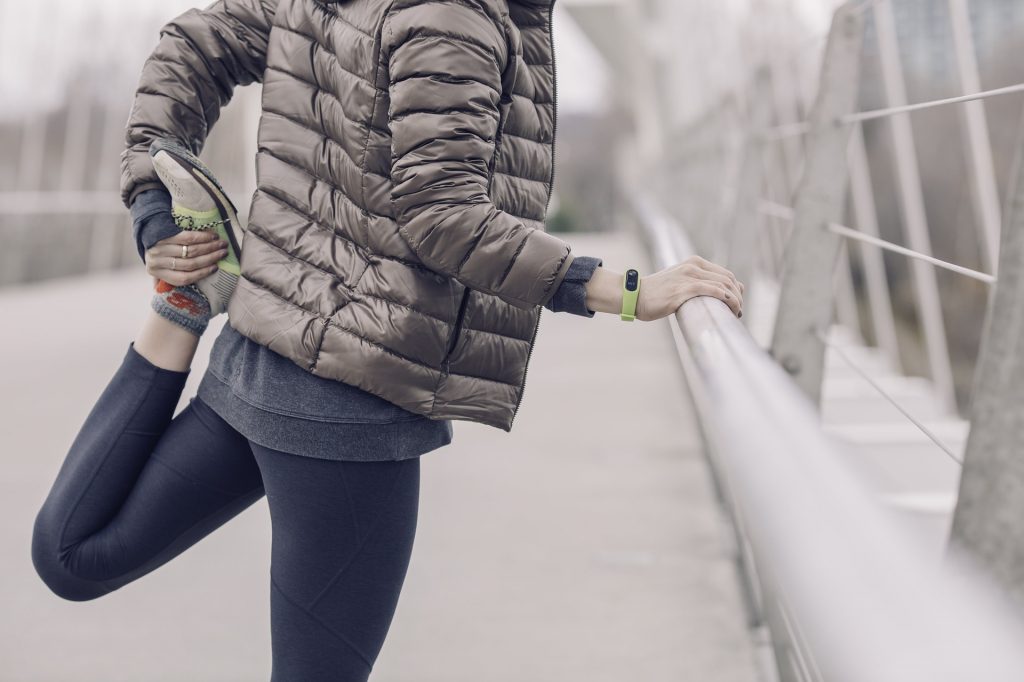
Then continue with a warm-up for your shoulder girdle: take a riding crop in both hands, hold it above your head and make it describe circles around your upper body.
Finish the stretches with pelvic rotations, forward and lateral lunges and ankle rotations.
Once you've done these exercises, you can finish off with some brisk walking or jogging exercises (heel-tapping, knee-hiking, bouncing strides) to gently activate the cardiovascular system.
"Personally, I've been doing these exercises every morning for several years now. All my old back, hip and shoulder pains have disappeared. I've never felt so fit in body and mind!", Michel Robert, French show jumping rider.
You can also do some exercises on horseback while your mount warms up to the walk.
Start by reaching far ahead and touching your mount's ears, then the shoulders one after the other, the rump to the right and then to the left. Then make large circles with the shoulders to mobilize the shoulder blades. Follow with rotations of the trunk to complete the activation of the spine. Don't forget the lower body. Alternately raise the knees, then rock them back and forth to free the hips. Finish with ankle rotations in both directions, flexions and extensions.
If you have very little time before your session, you can always do a dynamic grooming session to increase body heat, activate joints and muscles and get the heart rate up.
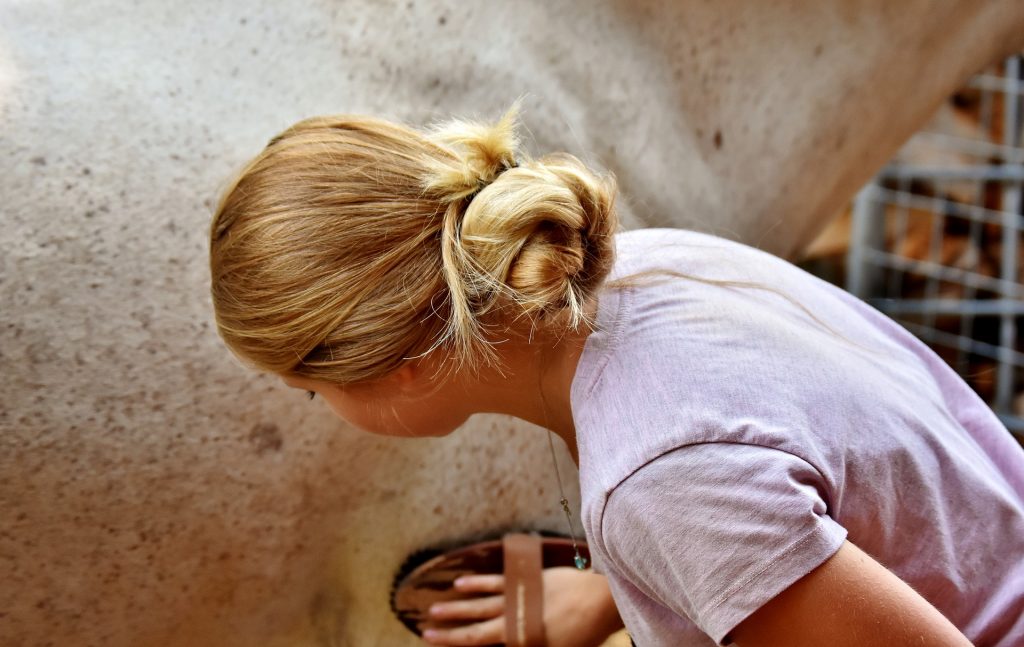
It's also advisable to repeat these stretching exercises after exercise, to release the tension and stress accumulated during the session, facilitate recovery and avoid soreness. It's also a good idea to complement your riding with other sports to prepare your muscles for the efforts you'll be making in the saddle. Swimming, cycling, jogging, yoga- all are good ways to develop your flexibility and breathability. Michel Robert, French show jumping rider, puts a lot of emphasis on the practice of yoga to improve his riding.
Don't forget that good breathing control, a varied diet and perfect hydration also play a role in sports performance, especially in stressful situations such as competition.
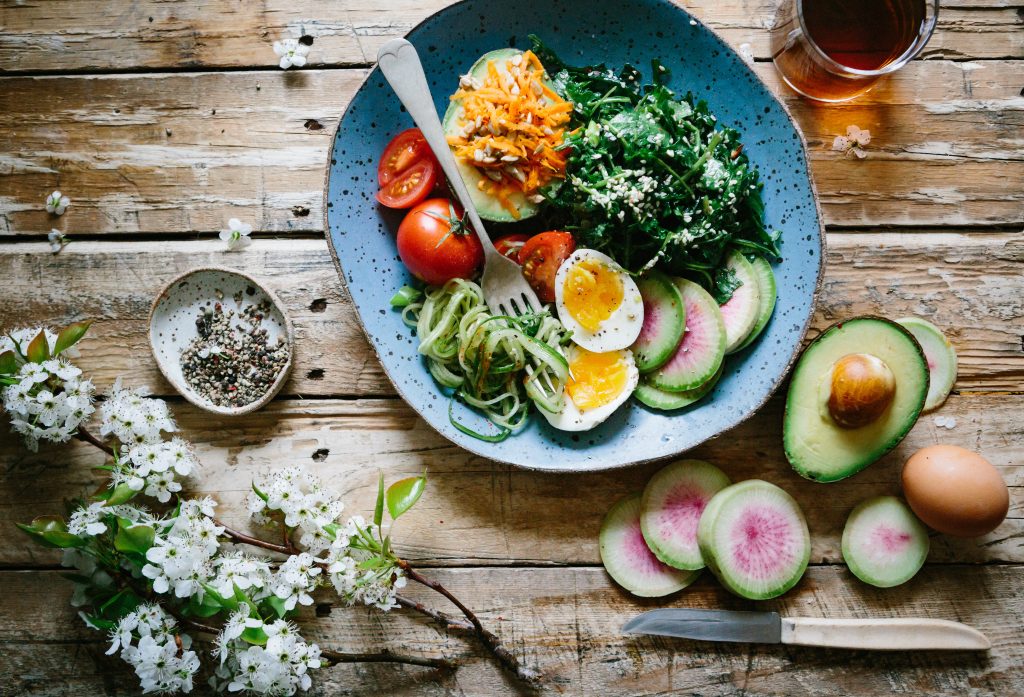
See you soon for a new article,
The Seaver team